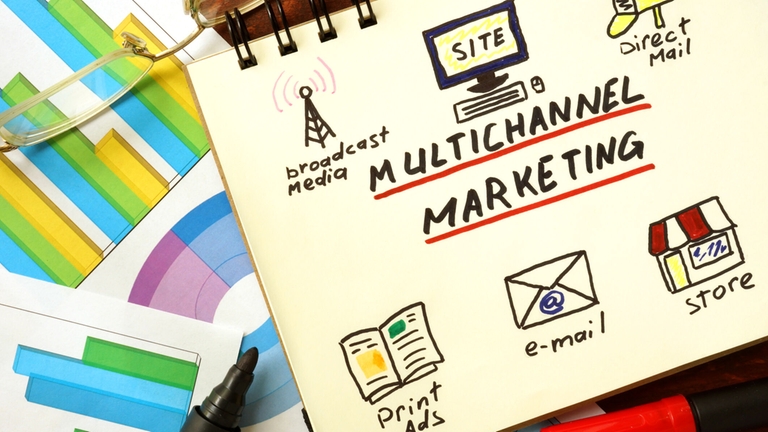
Future-proofing your DAM selection
Event location - Online
As digital as the world has become, it would be naïve to put all of your eggs in the proverbial digital basket. After all, there’s still nothing like picking up a magazine for a subway ride...


As digital as the world has become, it would be naïve to put all of your eggs in the proverbial digital basket. After all, there’s still nothing like picking up a magazine for a subway ride or thumbing through a catalog around the holidays. There are still plenty of companies that depend on print for a major portion of their marketing strategy. Print isn’t what it used to be though. Today print production is as woven into the digital landscape as social media and video production.
Even if print is vital to your organization, a diversified content marketing strategy means more than simply drawing customers into particular channels or platforms. Rather, it’s about harnessing the combined power of digital and print to build a purchase process which suits your audience’s behavior habits -- here’s how.
We’re often told that marketers need to focus their strategy on cutting through the ‘white noise’ which is becoming rather loud. But that model is becoming increasingly outdated. With social media, widespread product and service reviews and independent digital and print communities, consumers are becoming curators. They don’t want to be pushed or funneled into a particular purchase route -- they want to be the active agent in the process, pulling the content towards them through their own choice. In other words, consumers are choosing who rises above the ‘white noise’ and if your content strategy is lacking, you will simply be dismissed.
People want to engage with you on their terms -- when they want, and how they want. To put things a little more into perspective, 60% of consumers trust independent reviews or recommendations, while only 12% trust the service provider themselves.
This means that traditional methods of advertising aren’t working like they used to. Your audience doesn’t want to feel that they have been pushed into a decision-making process, which is why prints not dead, it’s why social media, blogging and email have to work cohesively, and it’s why your messaging and branding have to stay consistent and be stellar no matter the channel. Diversity and consistency are key.
Rather than creating content for a particular print or digital channel -- perhaps Facebook or a consumer magazine -- and then spending valuable financial and human resources to direct your audience to that platform, you need to be able to offer a broad range of communication options through which your customer can voluntarily engage with you.
Not only does this let them feel they’ve taken the first step on the purchase journey, but it also stops it from breaking down. Studies show consumers often prefer to come into contact with a brand on one medium and then follow up on another. For personal purchases, this could be that a print review helped build a product’s credibility for a consumer, who then followed it up with more specific online research on the item’s features, such as through demonstration videos. Equally, a business might come into contact with a service through a social media snippet and then research the brand’s authority through deep-dive hybrid digital-print reports.
Managing this transition from one channel to another without losing your audience requires a streamlined and simple workflow -- intricacy will add complexity to the transition stage, both for how you manage it and how your audience accomplishes it.
It’s therefore key for marketers to run this multi-faceted approach with a single, consolidated platform to deliver diverse marketing materials across multiple channels. You need to be able to address the evolving expectations of customers who want content on their terms -- allowing you to manage and integrate the same message through different iterations and formats.
No matter your strategy, whether it’s heavier on the traditional side like print or if you’re fully ingratiated in digital, the philosophy should not change. You have to have a well-rounded approach and your content has to be appropriate for your audience no matter the channel. With the right platform this can be done seamlessly at a level you never thought possible.
Explore our whitepaper Why Marketers Need to Rethink to learn more about how censhare’s valuable tools help companies broaden their ability to communicate cross-platform, compare results and build a more robust, integrated marketing strategy.